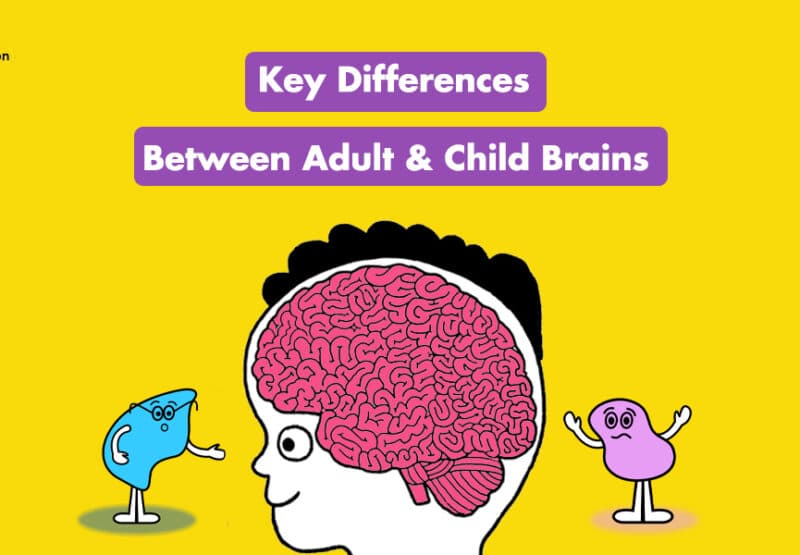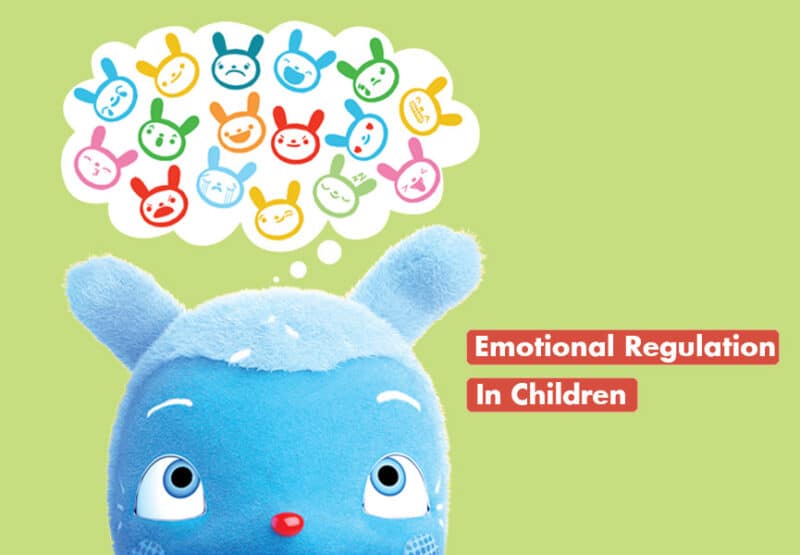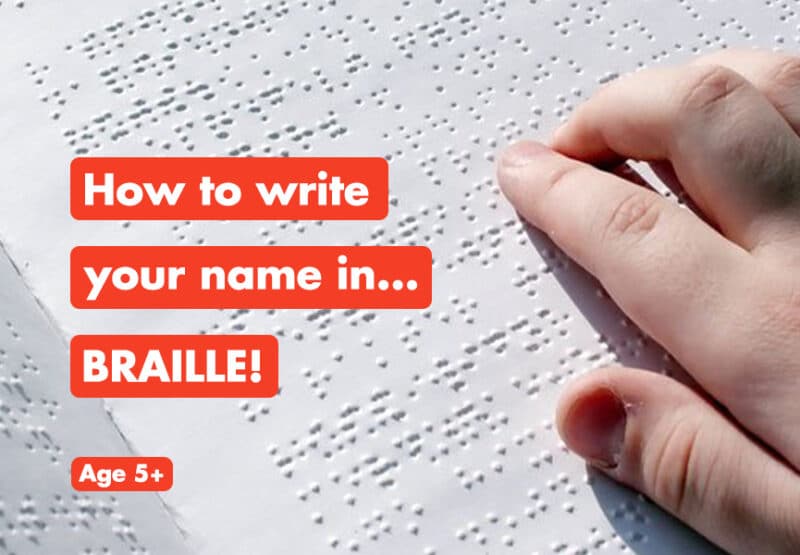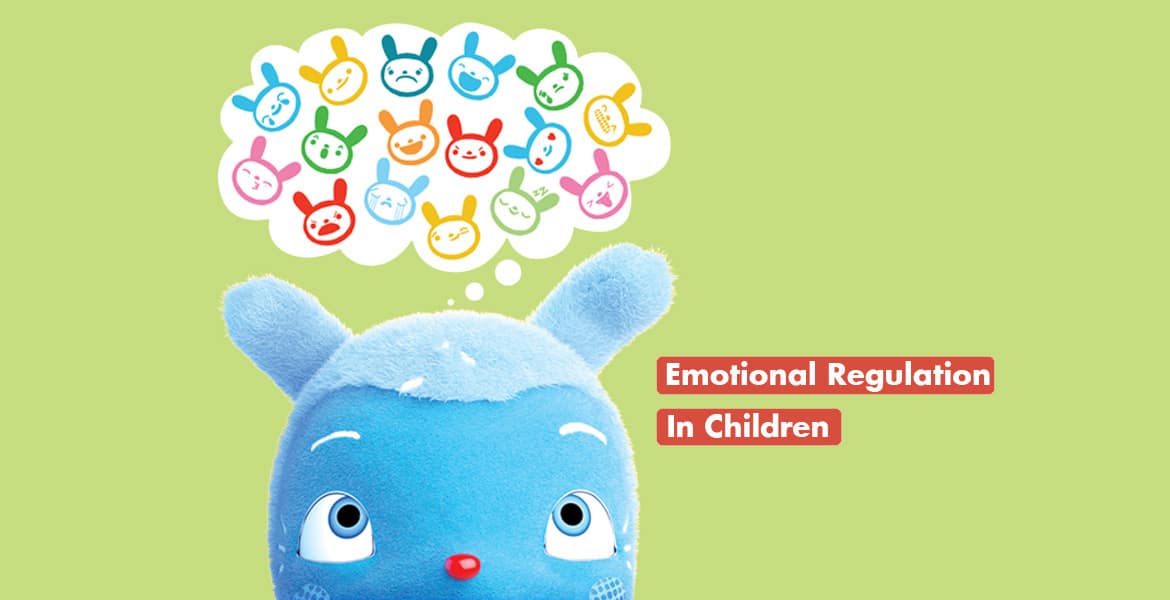
Emotional Regulation in Children
Emotional regulation is at the heart of growing up. How children learn to handle and show their feelings is key to getting along with others, bouncing back from setbacks, and staying mentally fit. Let’s dive into the journey of emotional development alongside brain growth. Let’s explore how they learn to manage and express their feelings, and the main phases they go through.
What are Emotional Regulation and Expression?
Emotional regulation is all about how we influence our feelings, when they pop up, and the way we live through these emotions. Emotional expression, on the other hand, is about how we show and share what’s going on inside. It’s a bit of a dance between the child’s brain development, life experiences, and the care received.
Early Days and The Role of Caregivers:
- Big leap, little feet: From the moment they’re born until they start school, children experience rapid growth in emotional regulation capabilities. This leap forward is massively influenced by how they’re looked after. Caregivers who are there when needed, full of support, and build a trusted bond, are champions in helping brain areas grow. Specifically, the amygdala, the prefrontal cortex and the hippocampus. These areas are the brain’s control room for understanding feelings, making choices, solving puzzles, impulse control, and storing memories. (Perry, Blair, & Sullivan, 2017).
- Caregivers as emotional coaches: Caregivers play a crucial role in teaching little ones how to navigate and share emotions. Research tells us that the way parents handle and express their feelings is a big deal—it sets the stage for kids to follow suit, giving them a model to learn from. (Morris et al., 2007).
Key Emotional Developmental Stages:
- Infancy: In the early cuddles and coos, babies and parents lay down the emotional groundwork through careful care and heart-to-heart chats.
- Toddlerhood: Toddlers start naming feelings and picking up simple ways to keep their cool.
- Preschool: As they start being around more people and other children, little ones get to grips with the complicated world of feelings and the rules about showing them.
- School Age: Kids get savvier at adjusting their emotional sails, using their skills in all sorts of group settings.
- Adolescence: Teen years throw up a storm of feelings, pushing teens to master complex ways to stay emotionally balanced, reflecting on both their inner world and how they fit into the bigger picture.
- Adulthood: The brain’s prefrontal cortex (the decision and emotion command centre) is the last part of the brain to finish developing. This typically finishes maturing into the mid-20s, though the finish line varies for everyone.
Getting to grips with how kids develop emotionally throws a spotlight on the twists and turns of their actions and chats. By understanding the stages of emotional growth, what influences feelings and how they’re shared, we can pave the way for children to flourish into emotionally sound adults.
Further reading
Want to learn more? Read The Whole Brain Child by Dr Daniel Siegal and Dr Tina Payne Bryson. A practical book for caregivers that explains the new science of how a child’s brain is wired and how it matures. Featuring clear explanations, age-appropriate strategies and illustrations that will help you explain these concepts to your child.
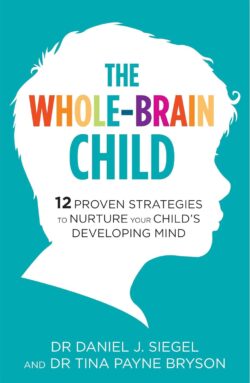
Sources
- Perry, R., Blair, C., & Sullivan, R. (2017). Neurobiology of infant attachment: attachment despite adversity and parental programming of emotionality. Current Opinion in Psychology, 17, 1-6.
- Morris, A. S., Silk, J. S., Steinberg, L., Myers, S. S., & Robinson, L. R. (2007). The Role of the Family Context in the Development of Emotion Regulation. Social Development, 16(2), 361-388.

